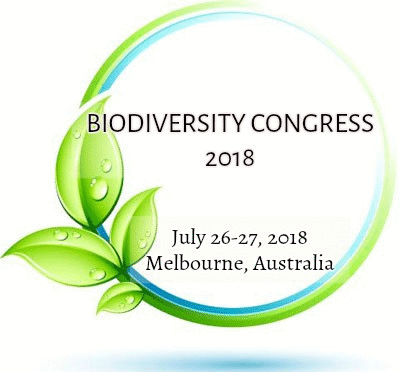
Xiaowei Li
Yantai Institute of Coastal Zone Research, Chinese Academy of Sciences, China
Title: Assessing changes of habitat quality for shorebirds in stopover site: a case study in Yellow River Delta, China
Biography
Biography: Xiaowei Li
Abstract
The population of shorebirds in the East Asian-Australasian Flyway (EAAF) is on a severe, long-term decline. One of the reasons is low survival during stopover sites in Yellow Sea Ecoregion due to habitat degradation. In this paper, we focused on the shorebird habitat quality in Yellow River Delta (YRD), which is a representative shorebirds stopover site in the Yellow Sea Ecoregion on EAAF. We adapt the habitat quality model of the InVEST for the assessment of shorebirds habitat quality change in YRD during 2000-2015 and future, considering the effects of anthropogenic threats on shorebirds habitat. In our results, the abundance of 11 species of shorebirds had significant downward trends (70%-97% reduction) during 1999-2015. The most prominent land use changes in the YRD during 2000–2015 are the shrinkage of estuarine delta and dense-grass, along with the expansion of city, saltern, and mariculture. The area of estuarine delta, unused land, tidal flats, and sparse grass reduced 30214, 21792, 6510, 6166 ha, respectively during the 15 years. There was high spatial heterogeneity in modeled habitat quality in the YRD. Tidal flats areas in the nature reserve (part 2) had higher habitat quality than areas in the northwestern (part 1), and eastern (part 4) parts of the study area, where the major mariculture occurs. Mean habitat quality in the part 1and part 4 were 26% and 44% lower than mean habitat quality in part 2, respectively. The mean habitat quality in part 1 and part 4 decreased 27% and 31% during 2000–2015, respectively. Optimal habitat in YRD declined from 1433km2 in 2000 to 1154 km2 in 2015. The habitat quality shows a significant downward trend in the southeast and northeast of YRD during 2015-2020. The results would help decision makers avoid inefficiencies in land use management.

